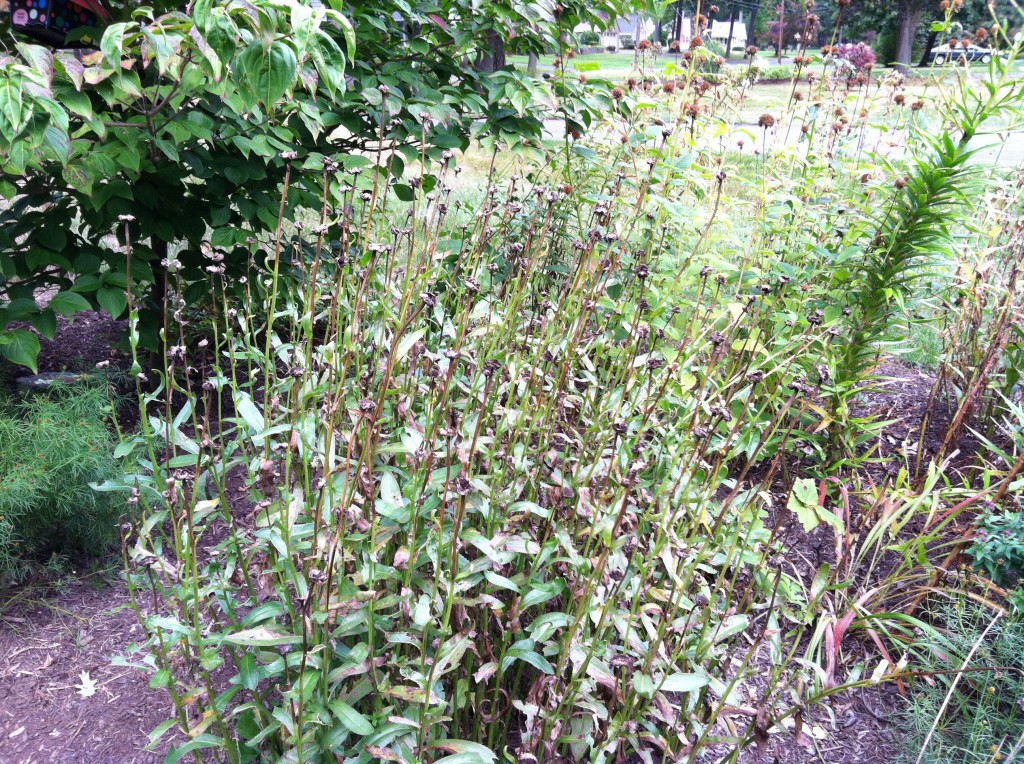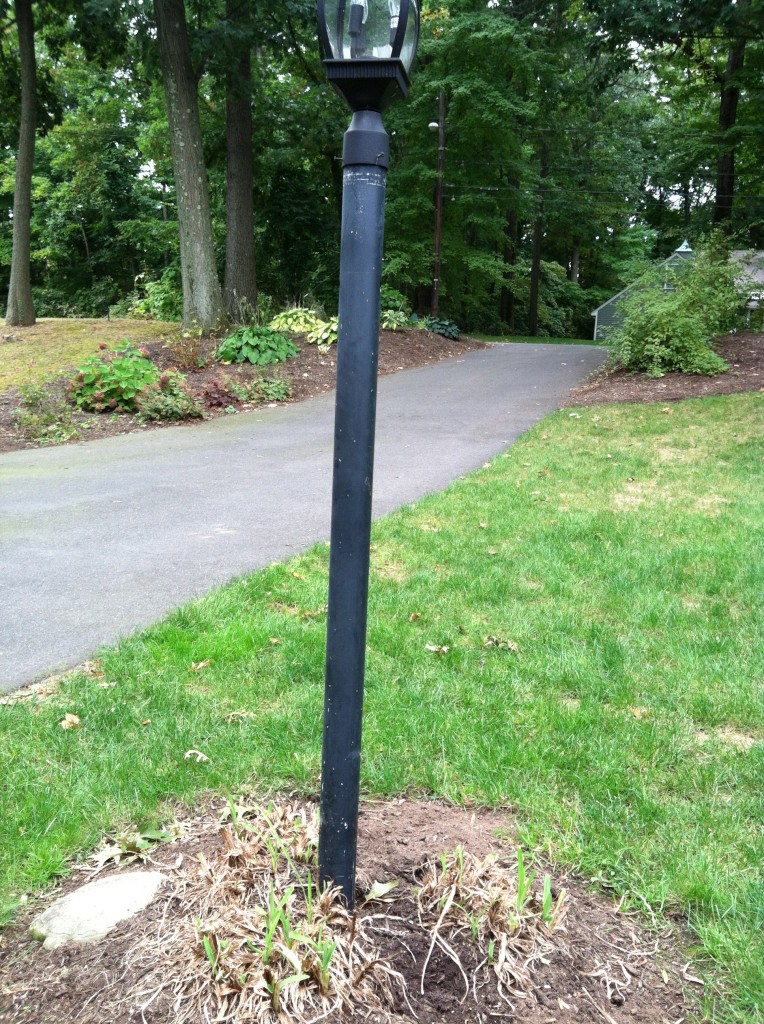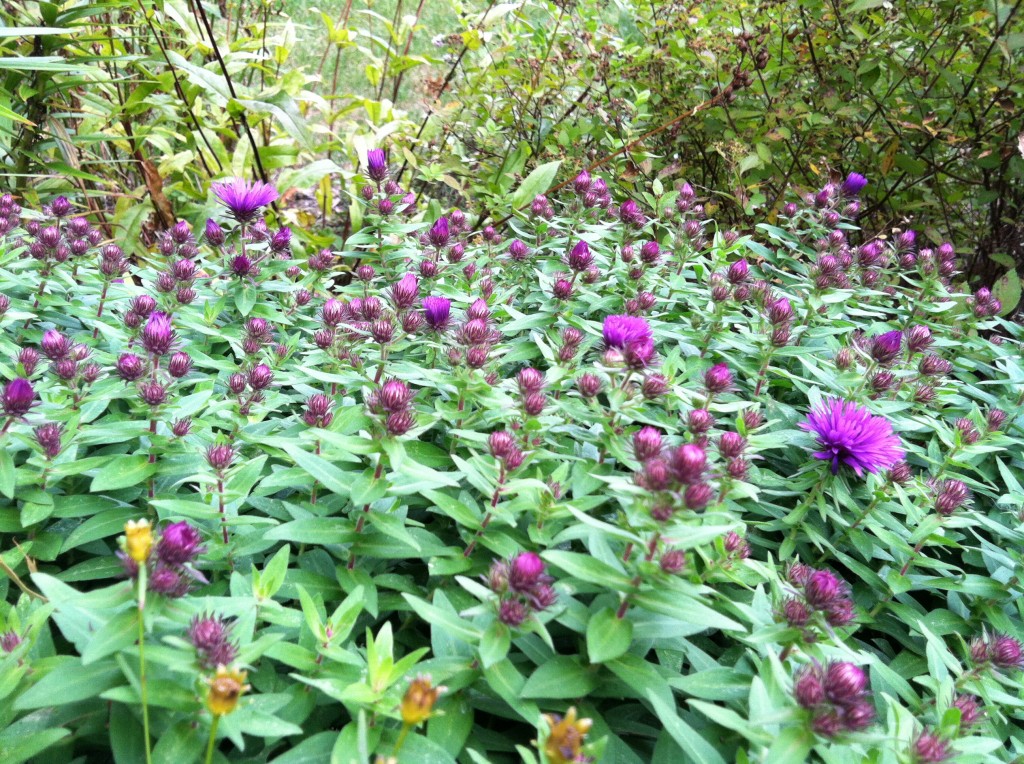I struggled to find a good photo subject for today’s post. Right now, most of my garden is ugly—dried up stalks, yellowing leaves. The brilliant oranges and yellows of fall foliage are still a few weeks away. My garden’s most prominent feature right now are dry, dusty brown remnants of summer blooms.


All living things bear within them the certainty of decline and decay. All living things are subjected to the sometimes brutal forces of the world. For my garden, those forces include drought and flood, too much sun or shade, critters who nibble buds and blooms before they have a chance to flower, and the simple, inescapable arrival of colder weather and shorter days.
I think of one of my favorite Wendell Berry poems, The Way of Pain. “For parents the only way is hard. We who give life,” says Berry, “give pain.” I used part of this poem as an epigraph for my book, because nothing makes plain the fact that “we who give life, give pain” than having children with a 50 percent chance of inheriting a disorder that will cause them to break their legs for no good reason. But this giving of pain (of decline and decay and being subjected to the sometimes brutal forces of the world) is equally true for all children, even those with strong, healthy bodies. My children, simply by living, bear within them the certainty of decline and decay. They, like all living things, are subjected to the sometimes brutal forces of the world, including sudden disasters and the simple, inescapable arrival of circumstances that can make living a little more difficult today than it was yesterday.
Berry writes:
“I read of Christ crucified, the only begotten Son, sacrificed to flesh and time and all our woes…”
Raising kids feels a lot like that sometimes. Every day when I send my kids out into the world—a world that likes conformity and makes sure to tell those who don’t conform that they are not okay, where falls and scrapes and bruises and broken bones happen, where there is abundant evidence that life is not fair, not one bit—it can feel that I am offering them up to be ravaged by all the terrible stuff people and the world can do to them. I feel this way, and my children are going out into a world where they always have enough to eat, where they don’t have to worry about roadside bombs or suicide bombers. How do other parents stand it, I wonder? Those who wake up not entirely sure how they will put dinner on the table? Who have reason to fear for their children’s lives every day? It boggles the mind, how some parents must sacrifice their children to woes far greater than ours.
I struggle with traditional interpretations of the cross and atonement, particularly the idea that Christ’s death somehow appeases an angry God who requires blood as payment for sin. I reject this idea for a number of reasons, but as a parent, I also shrink from the portrait of God as a parent so entirely focused on reaping a just sacrifice for sin that he hands over his own child to a tortured, ugly death. Intuitively, it makes more sense to wonder if God simply did what all of us parents do, day after day after day—sent his child out into the world with his care, love, and blessing, knowing that the world would hurt him, as it hurts all of us and our children, and would hurt him especially because of how definitively he lived and preached a way of living that stood in such opposition to the ways of the world.
I don’t know. Maybe I’m speaking theological mumbo jumbo. Or blasphemy even. I just know that it’s hard to send my kids out into the world every day, that it certainly feels some days that I am sacrificing them to “flesh and time and all our woes.” Wondering if God did and felt the same is a comfort. God understood the lesson that all of us parents must learn, over and over and over—that allowing our children to live fully in this world means they will suffer, but also that they have the capacity to know beauty and love, to offer beauty and love to others, to live as whole human beings. Our children, like all living things, bear within themselves the certainty of decline and decay and woe, and also the possibility of growth and beauty.












